1. Visiting the Neighborhood Diner
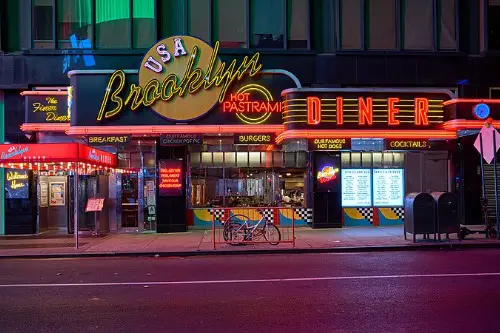
The American diner was once the heart of the neighborhood, where locals gathered for a coffee, a quick bite, or to catch up. These casual spots were not just about food, but about community. Today, many diners have either shut their doors or been replaced by chain restaurants and fast food joints. With the rise of trendy cafes and an increased emphasis on health-conscious eating, the traditional diner experience has become rare, according to James Krohe Jr. from The Illinois Times.
The charm of the diner—its cozy booths, juke boxes, and classic comfort food—has been replaced by more modern and often less personal dining experiences. People now seek out dining experiences that are Instagram-worthy or cater to specific dietary preferences, leaving diners in the dust. Though some still cherish the nostalgia of a local diner, for many, it’s simply not part of their routine anymore. The neighborhood diner has faded into the background as food culture evolves.
2. Sitting Down to a Family Dinner
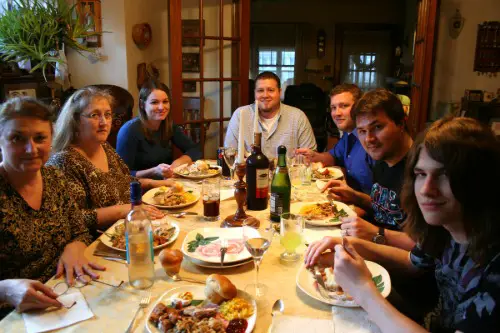
Once upon a time, family dinners were the cornerstone of American households. The smell of home-cooked meals filled the air, and the dining table was where everyone gathered to share the events of the day, which played a huge role in child development, according to Topher Gauk-Roger from PEOPLE. In recent years, though, busy schedules, fast food, and technology have taken a toll on this daily routine. The idea of sitting down together for a slow meal has become rare, with many people opting to eat separately or while watching TV or scrolling through phones.
As work and school demands have intensified, time for a proper family meal has dwindled. The shift toward convenience foods, takeout, and microwaved meals has further pushed this ritual out of the mainstream. Families are now more likely to grab something on the go than sit at the table. While some still cherish this tradition, it’s become less of an everyday norm and more of a special occasion.
3. Writing Handwritten Letters

There was a time when pen and paper were the primary means of communication. Writing letters to family and friends, especially for birthdays or holidays, was a heartfelt and personal way of staying connected. Today, however, texts, emails, and social media messages have taken over, leaving handwritten notes to collect dust in drawers. The art of crafting a letter has faded, as convenience and speed have taken precedence over sentimentality.
Although digital communication is quicker and more efficient, something is undeniably lost in the process, according to Miranda Sawyer from The Guardian. A handwritten letter carries a personal touch that no text message can replicate. Despite the convenience of modern communication, many people still find the idea of sending or receiving a letter special. Yet, for most, it’s now more of a rare act than a routine one.
4. Taking a Midday Nap

Napping in the afternoon used to be a cherished ritual for many Americans. It was a way to recharge and refresh, especially during the long workday, and was often seen as essential for maintaining productivity. However, today’s fast-paced, work-obsessed culture leaves little room for relaxation, according to Olivia Hebert from The Independent. Many people now pride themselves on their ability to work through lunch breaks, ignoring the body’s need for rest.
This shift has largely been influenced by the hustle culture, where working long hours without breaks is considered a badge of honor. Employers also push for productivity at all times, reducing the time employees have to pause for rest. The rise of constant connectivity through smartphones has made it even harder to disconnect. As a result, napping has become more of a luxury than a regular part of daily life.
5. Going to the Post Office

There was a time when going to the post office was part of everyday life, whether it was for sending letters, mailing packages, or buying stamps. Post offices were central hubs in every town, making it easy to get things done. Now, with online shopping and digital communication, the post office is no longer a daily stop for many. People can now ship packages from their homes or send instant messages online, removing the need for the physical trip.
While there are still die-hard postal fans, most Americans have found faster, more efficient ways to handle their mailing needs. The rise of e-commerce has made it possible to send and receive goods without leaving the house. In the digital age, the post office has become something of an afterthought, with fewer and fewer people interacting with it regularly. The simple act of mailing something has become a rare occurrence for most.
6. Spending Hours in the Library

Libraries used to be the ultimate destination for research, leisure reading, or simply getting away from the noise of everyday life. Before the internet, people spent hours browsing bookshelves, pouring over encyclopedias, or flipping through magazines. Nowadays, much of this activity has shifted online, where a simple Google search can replace a trip to the library. Many libraries are now seeing reduced foot traffic as digital resources take over.
While libraries have tried to adapt by offering community events and digital book lending, the traditional quiet study space has largely been replaced by the convenience of the internet. The physical act of browsing for a book or researching in a library has been overshadowed by on-demand access to information. People now prefer the instant gratification of finding answers online. As a result, libraries are no longer the bustling centers of knowledge they once were.
7. Washing Clothes by Hand

Before the convenience of washing machines, hand-washing clothes was a regular part of life for many families. It was a time-consuming task that required dedication, often done in a bathtub or a makeshift laundry area. Now, thanks to modern appliances, laundry day is quicker and easier, and the need to wash clothes by hand has practically disappeared. The act of scrubbing garments in soapy water has become a historical footnote in most households.
While there are still places around the world where hand-washing is necessary, it’s now considered a rare skill in many parts of the U.S. Washing machines and dryers have made the chore far less labor-intensive, giving people more time for other activities. The routine of hand-washing clothes has largely faded from everyday American life. What was once an essential household task has become almost extinct in modern times.
8. Hanging Laundry on a Clothesline
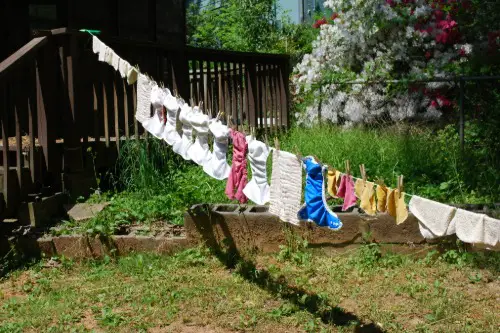
Once upon a time, hanging laundry on a clothesline was a common sight in backyards across America. It was a simple yet effective way to dry clothes, and the fresh air and sun made everything smell amazing. Today, most people rely on dryers, which are quicker and more efficient, leaving clotheslines unused. The convenience of electric dryers has made the old-fashioned method of air-drying almost obsolete.
There are still some who swear by the benefits of clotheslines—claiming that air-dried clothes last longer and smell better. However, the busy nature of modern life and the demands of technology have made this routine a rarity. Not only do dryers save time, but they also protect clothes from the unpredictable weather. Hanging laundry outside, while nostalgic, has largely become a pastime for a few, rather than a daily necessity.
9. Talking on the Phone for Hours
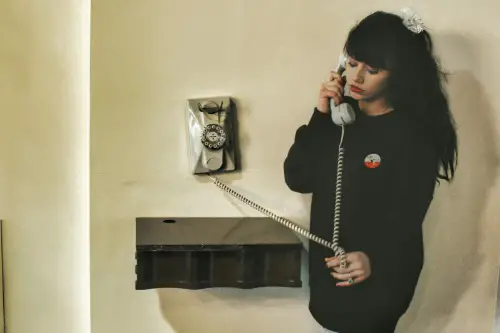
In the past, long phone calls were a staple of daily life. Teenagers would chat for hours with friends, and families would catch up with relatives far away. Nowadays, most conversations are brief, often through text or instant messaging, as people are always on the go. The idea of sitting down for a long, uninterrupted phone call has become less common, as multitasking and busy schedules take precedence.
While phone calls are still used for more urgent matters, the joy of a long, leisurely chat has been replaced by digital communication. Texting has taken over because it’s fast, convenient, and doesn’t require a significant time commitment. As we become more dependent on our phones for everything, real-time conversations are getting shorter and less frequent. What once was an essential part of staying connected has become an afterthought in today’s busy world.
10. Grocery Shopping in Person
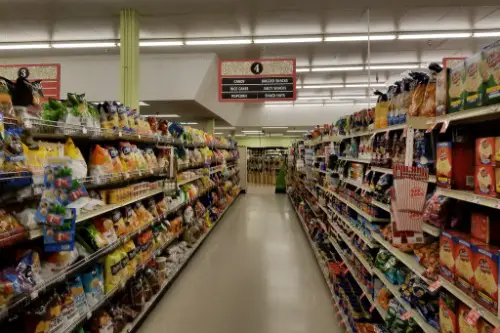
Grocery shopping used to mean heading to the local store, pushing a cart through aisles, and selecting fresh ingredients in person. The experience was often an outing—maybe even a social one, where you’d bump into neighbors. Today, online grocery shopping has made the entire process more convenient. With apps and home delivery services, people can now get their groceries without leaving the house.
This shift has made grocery shopping less of an event and more of a transaction. People now buy in bulk online, skipping the trip to the store altogether. As a result, many brick-and-mortar grocery stores are seeing declining foot traffic. What once was a routine chore for many is now something that can be done with a few taps on a smartphone.
11. Developing Film Photos
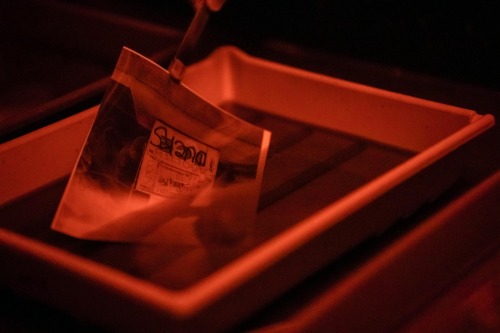
Before the digital age, developing film photos was a routine part of capturing memories. People would drop off rolls of film at the photo shop, eagerly waiting for their prints to be developed. Now, with smartphones and digital cameras, there’s no need for film. Photos can be taken and shared instantly, making the old process of waiting for prints a thing of the past.
While some photographers still prefer film for its nostalgic charm, the routine of developing photos has largely faded. Digital images have replaced film, allowing people to take hundreds of pictures without worrying about the cost of development. The process of physically printing and storing photos has given way to virtual albums and cloud storage. As technology advances, the act of developing film is now reserved for enthusiasts and artists rather than a daily practice.
12. Stopping at the Bank for Transactions
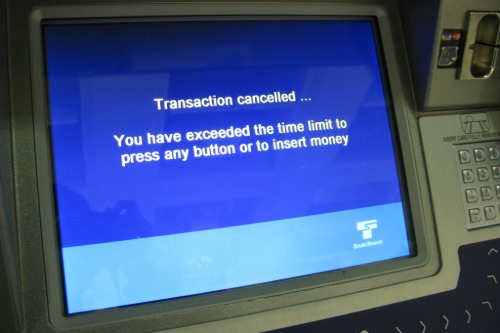
There was a time when going to the bank was a regular part of managing finances. Whether it was cashing a check, making a deposit, or withdrawing money, the bank was a crucial stop. Today, with the rise of online banking and mobile apps, the need for in-person banking has dwindled. People now conduct transactions from the comfort of their homes or on their smartphones.
The shift toward digital banking has made visits to physical branches much less common. Most financial tasks can now be done remotely, without the need to stand in line at the bank. This change has led to the closure of many branches and a decline in foot traffic. What was once a weekly or monthly routine is now an afterthought for most Americans.
13. Watching TV Shows as They Air
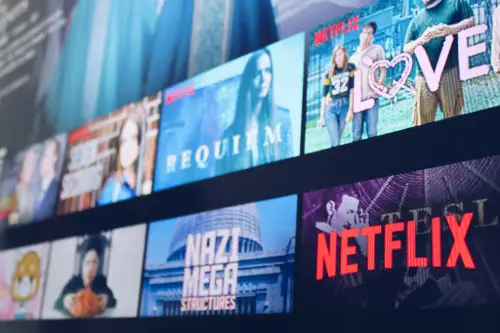
In the days before streaming services and DVRs, watching TV shows as they aired was the norm. Families would gather around the television at a specific time to catch their favorite programs. Today, with the rise of on-demand content, people can watch shows whenever they want, bypassing the need for a fixed schedule. Live broadcasts, once a staple of TV viewing, have lost their appeal.
Streaming platforms like Netflix, Hulu, and Disney+ have made it easier for people to consume content on their own terms. While live events like sports and breaking news still draw viewers at scheduled times, the concept of watching a show “live” has diminished. People now binge-watch entire seasons at their own pace, breaking free from the traditional TV schedule. What once defined American TV culture has transformed into an era of endless, anytime viewing.


